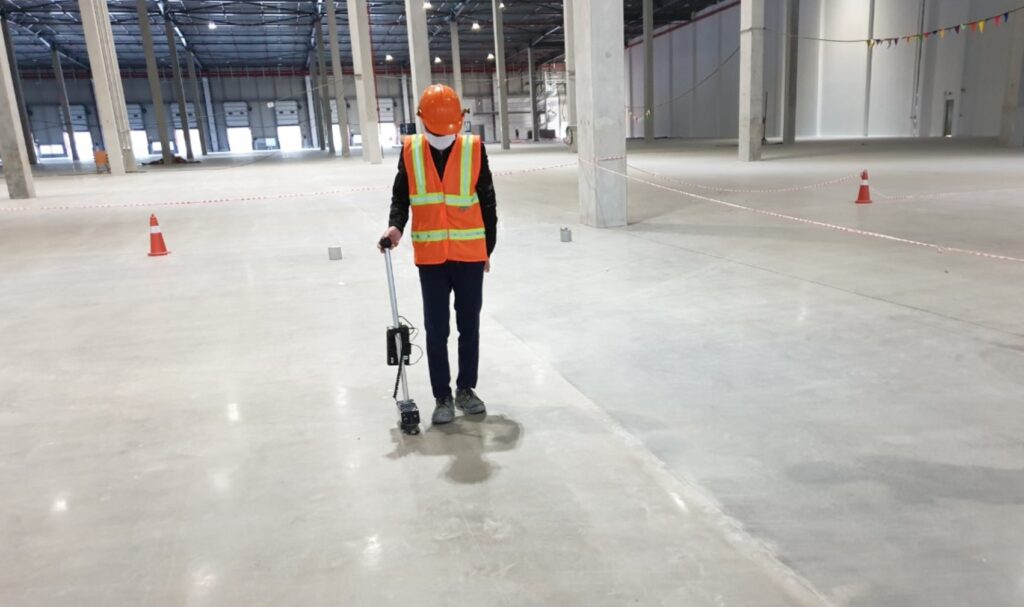The surface of a concrete floor, which has deteriorated over time due to usage, can be revitalized by combining a grinding solution with chemical densification. The restored floor surface not only looks more attractive but is also harder, dust-free, and smoother.
Benefits:
- Enhanced Flatness: The revitalized surface is significantly smoother and more level, improving overall quality.
- Fresh-Looking: The result is a rejuvenated appearance, making the floor look as good as new.
- Dust Reduction: The process minimizes dust, creating a cleaner and healthier environment.
- High Abrasion Resistance: Chemical densification increases the floor’s resistance to wear and tear, prolonging its lifespan.
This approach provides a cost-effective and practical solution for rejuvenating damaged concrete surfaces, resulting in a more aesthetically pleasing, durable, and easier-to-maintain floor.
INTRODUCTION TO GRINDING AND DENSIFYING CONCRETE FLOORS
Concrete floors can be significantly improved through the process of grinding and densification, which enhances their flatness and durability. Below are the key steps involved in this procedure:
Step 1: Assess Floor Elevation and Flatness
The process begins with an assessment of the floor’s elevation and flatness to determine its current condition.

Step 2: Detailed Floor Elevation Mapping
Accurate floor elevation data is meticulously recorded and mapped to identify inconsistencies in surface height.
Step 3: Surface Grinding
The first stage of restoration involves grinding the concrete surface. This helps in removing imperfections and roughness, resulting in a smoother and more level floor.
Step 4: Surface Densification
Following grinding, the next step is densification. This involves the application of special chemicals that penetrate the concrete, increasing its hardness and resistance to wear.



 Tiếng Việt
Tiếng Việt